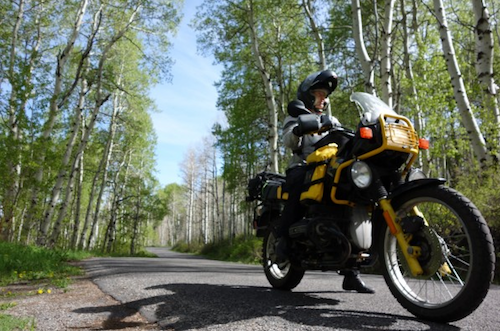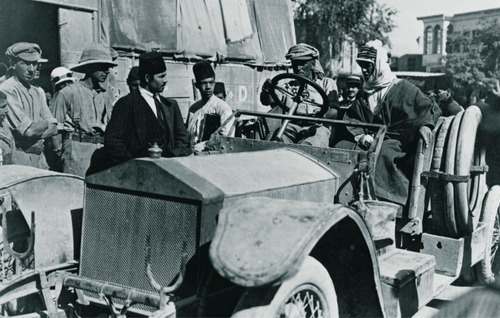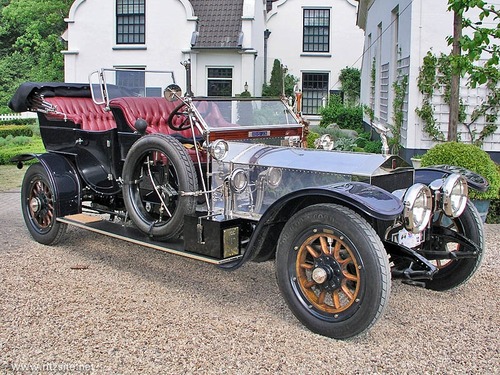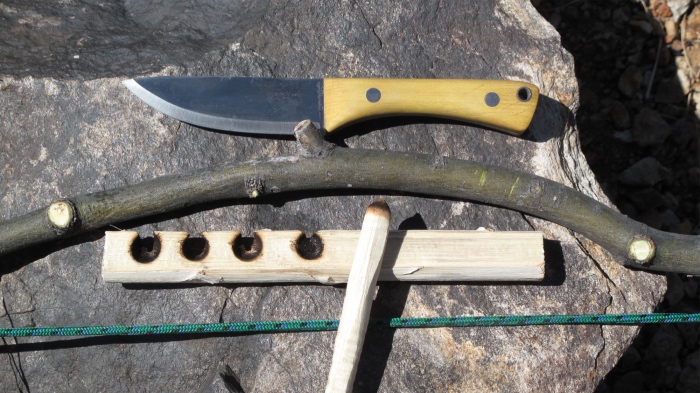I remember waiting in line to pay for my first copy of Tom Sheppard’s Vehicle-dependent Expedition Guide, at the decidedly upscale Land Rover dealership in Scottsdale, Arizona. It was 1998, the first, hardbound edition of the book had recently been released, and I’d driven 120 miles with the express purpose of securing a copy. At the counter in front of me, a woman was agonizing (trust me, that’s the right word) over whether to buy the giraffe or rhino-illustrated spare tire cover for her new Discovery II. She vacillated for at least five minutes while I flipped through the thick book, skimming Sheppard’s exhaustive sections on vehicle selection and modification, communications, loading and lashing, navigation, and team selection. I had decided I would definitely not select Disco woman for any team I led, and was about to suggest aloud that, since she had dropped $40,000 on the vehicle, why not buy both the stupid $30 tire covers, when the giraffe won out. (“He’s cuter.”) The gulf between her universe and that in the book I held could have been measured in parsecs.
Back home, I discovered that within the 500-plus pages of the VDEG (say “Veedeg”if you wish to be counted among the cognoscenti) was virtually everything one might need to know to plan, organize, and conduct a vehicle-dependent expedition, whether of 100 or 10,000 miles duration. The stunning level of detail was what one would expect if the author were, say, a former test pilot for the Royal Air Force, or had, for example, led the first lateral crossing of the Sahara Desert in prototype Forward-control Land Rovers, or had driven a further several tens of thousands of miles in that same desert, much of it solo and completely off-tracks. All of which was true of Squadron Leader Tom Sheppard, whose articles I’d been reading for almost two decades. Random example from Section 2.6: two full-page spreads on engine oil characteristics, service categories, and labeling. It seemed excessive—until you realized that oil is quite literally the blood of your vehicle’s engine. There were similar in-depth investigations into wicking fabrics, camping stoves, high-frequency radios, electrical loads, water purification—on and on—plus extensive sections on shipping, 4WD systems, provisioning and cooking, and navigation.
But it wasn’t all technical jargon. The book was liberally sprinkled with personal anecdotes and photos from four decades of exploration. For several weeks my writing schedule suffered as I detoured into Tom Sheppard’s world, and learned as much as I ever did from any university textbook—while having much more fun.
Copies of the original VDEG now sell for hundreds of dollars on eBay (a fact that rankles Tom, who has since become a friend). Through his one-man publishing company, Desert Winds, he has since produced a second and third edition, bound in paperback and printed in black and white to keep them affordable for both Tom and readers. Each was subjected to meticulous updating to reflect advances in vehicles, communications, GPS technology, and countless other details—and even these have been subject to price-gouging. (The original was also published in association with Land Rover; succeeding editions have been independent efforts, arguably allowing Tom more scope when discussing vehicles.)
The third edition of Vehicle-dependent Expedition Guide recently sold out. Tom originally thought (swore!) it would be the last, but now he is considering a fourth edition, which would once again be thoroughly updated. If, like me, you own every previous edition, you’ll certainly want this one. If you don’t have a copy of any of them, your overlanding library is tragically incomplete.
Now, here’s the thing: Whether a fourth edition comes to pass is entirely up to you. Tom is tallying the number of people on his email waiting list to determine if he can commit the substantial time and energy to another round of test-pilot-level scrutiny and revisions. You can bet I’m on the list; if you wish to be as well, send an email to him at mail@desertwinds.co.uk. Use a suitably pleading tone, but gently remind him of his duty to the worldwide overlanding community. That works really well on retired RAF squadron leaders.
Desert Winds—i.e. Tom—also publishes several other books, some useful, some merely lovely. You can order them directly from him here.
And an update: It seems Tom's printer found a box of VDEG ed. 3 in a corner. Available while supplies last, probably not long. Then it's on to VDEG ed.4!















